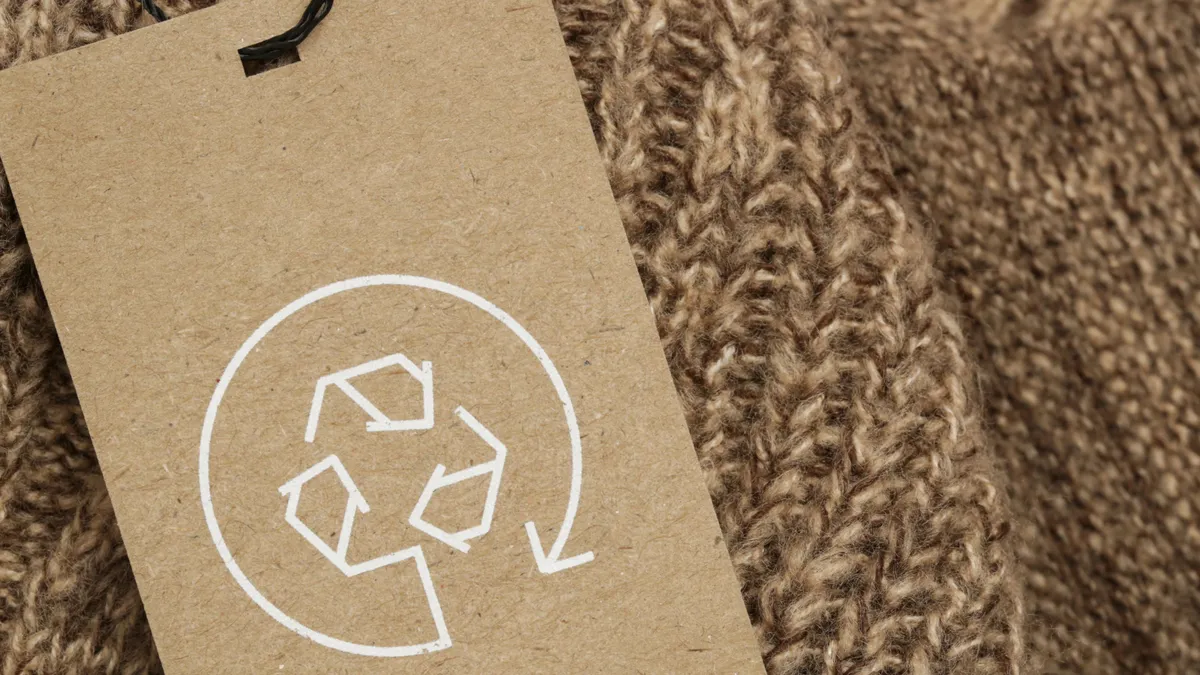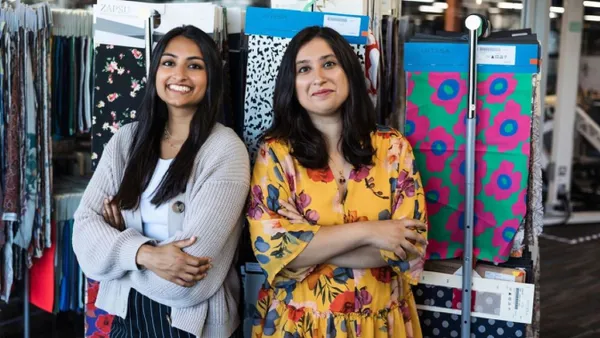Marco Valverde is the apparel national practice leader at Moss Adams. All opinions are the author’s own.
Sustainability has become a significant focus in the apparel industry due to growing consumer awareness and demand for eco-friendly products. According to a report from the United Nations Environment Programme, the fashion industry is responsible for between “2% to 8% of the global greenhouse gas emissions” and it’s estimated to “increase to nearly 2.7 billion tons per year by 2030.”
The value of sustainability efforts is often substantial and can help brands drive continued growth, develop trust and brand loyalty with consumers, attract and retain top talent and increase value to shareholders and employees.
As sustainability continues to surge throughout the industry, here are some key trends to consider.
Transparency and traceability
From environmental impact to labor conditions, fashion consumers are now more aware of and concerned about how their clothing is made. To address concerns, brands are increasingly adopting transparent practices that allow consumers to trace the journey of their garments.
An example of this is how brands have moved to adopt technologies such as blockchain to ensure transparency by documenting every step, from sourcing raw materials to manufacturing and distribution.

Another way brands show transparency and traceability is in their brand social responsibility. This includes ensuring fair labor practices, safe working conditions and ethical sourcing of materials. Brands are even adopting certification standards, such as Fair Trade and Global Organic Textile Standard (GOTS), as well as implementing supply chain audits to verify compliance with their brand social responsibility promises.
Implementing these transparent practices not only builds consumer trust, but also holds brands accountable for their claims regarding sustainability and ethical practices.
Sustainable Materials
Advancements in material science have enabled the development of eco-friendly alternatives such as organic cotton, recycled polyester, Tencel and hemp. This has allowed brands to shift toward sustainable materials and leave behind traditional fabrics that are resource-intensive and polluting.
Brands have also looked to improve energy efficiency and reduce water consumption in material manufacturing processes. Technologies such as water-saving dyeing techniques, renewable energy adoption and efficiency improvements in production facilities are being increasingly implemented.
By shifting toward eco-friendly materials and sustainable practices within manufacturing, brands are reducing their carbon footprint and water usage associated with apparel production, contributing positively to environmental sustainability. This shift has also allowed brands to move away from the traditional linear model of “take-make-dispose,” and instead embrace circular economy principles involving designing products for longevity, recyclability and reuse. Brands are embracing initiatives such as garment collection programs, textile recycling and resale platforms to extend product lifecycles and reduce waste.
Ethical Labor Practices
The fashion industry is paying extra attention to the ethical implications of garment production, including fair wages, safe working conditions and workers’ rights. Certifications like Fair Trade and the Social Accountability International SA8000 Standard are becoming more important as they provide independent verification of a brand’s commitment to ethical standards. Improving labor practices not only enhances a brand’s reputation, but also positively impacts the lives of garment workers globally.
These trends indicate a paradigm shift. Consumers are driving this change by demanding transparency, sustainable materials and ethical practices, prompting brands to innovate and adapt business models accordingly. As these trends continue to evolve, they are likely to reshape the entire fashion industry toward a more sustainable and ethical future.










